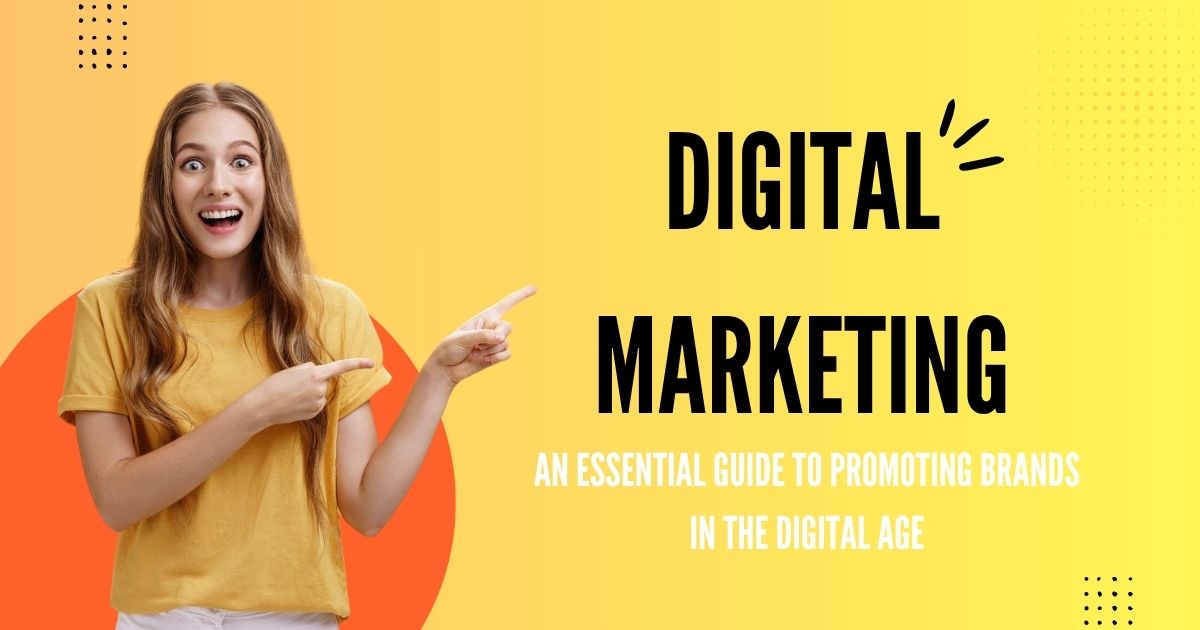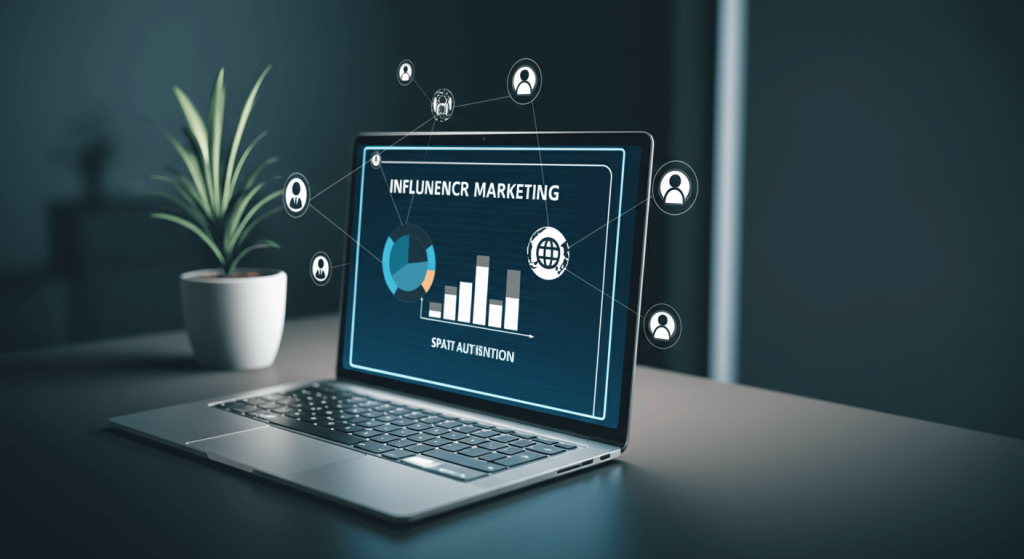
Digital marketing has become the backbone of modern business growth, but many entrepreneurs and marketers still struggle to understand its full scope. With countless channels, strategies, and tactics available, knowing where to focus your efforts can feel overwhelming.
This comprehensive guide breaks down the most effective examples of digital marketing, helping you understand how each channel works and when to use them. Whether you’re launching your first campaign or looking to expand your current strategy, you’ll discover actionable insights to drive real results for your business.
By the end of this post, you’ll have a clear roadmap of digital marketing options and the knowledge to choose the right mix for your goals.
Search Engine Optimization (SEO)
SEO focuses on improving your website’s visibility in organic search results. When someone searches for products or services related to your business, SEO helps ensure your website appears prominently in the results.
This strategy involves optimizing your website’s content, structure, and technical elements to meet search engine requirements. Key components include keyword research, on-page optimization, link building, and technical SEO improvements.
The main advantage of SEO is its long-term impact. While it takes time to see results, successful SEO campaigns can drive consistent, high-quality traffic for months or years. Companies that invest in SEO often see significant returns on their investment over time.
Pay-Per-Click Advertising (PPC)
PPC advertising allows businesses to display ads on search engines and other platforms, paying only when users click on their ads. Google Ads is the most popular PPC platform, but options also include Bing Ads and various social media advertising platforms.
This digital marketing approach offers immediate visibility and precise targeting options. You can target specific keywords, demographics, locations, and even specific times of day. PPC campaigns also provide detailed analytics, making it easy to measure ROI and optimize performance.
The key to successful PPC lies in careful keyword selection, compelling ad copy, and strategic bid management. Regular monitoring and optimization ensure your campaigns remain cost-effective and drive qualified traffic to your website.
Social Media Marketing
Social media marketing leverages platforms like Facebook, Instagram, Twitter, LinkedIn, and TikTok to build brand awareness, engage with customers, and drive website traffic. Each platform offers unique opportunities to connect with different audience segments.
Content creation forms the foundation of social media marketing. This includes posts, images, videos, stories, and live streams that provide value to your audience. Successful social media strategies balance promotional content with educational, entertaining, and engaging material.
Social media also enables direct customer communication, allowing businesses to provide customer service, gather feedback, and build community around their brand. Many companies use social media listening tools to monitor brand mentions and industry conversations.

Content Marketing
Content marketing involves creating and distributing valuable, relevant content to attract and retain customers. This strategy focuses on providing helpful information rather than directly promoting products or services.
Blog posts represent one of the most common forms of content marketing. Well-researched, informative articles can establish your business as an industry authority while improving SEO performance. Other content formats include whitepapers, case studies, infographics, podcasts, and video tutorials.
Successful content marketing requires understanding your audience’s needs and pain points. By addressing these challenges through high-quality content, you build trust and position your business as a helpful resource, ultimately leading to increased sales and customer loyalty.
Email Marketing
Email marketing remains one of the most cost-effective digital marketing channels, offering direct access to your audience’s inbox. This strategy involves sending targeted messages to subscribers who have opted in to receive communications from your business.
Email campaigns can serve various purposes, from nurturing leads and onboarding new customers to promoting products and sharing company updates. Automated email sequences, such as welcome series and abandoned cart reminders, help maintain consistent communication without manual effort.
Personalization plays a crucial role in email marketing success. Segmenting your email list based on customer behavior, preferences, and demographics allows you to send more relevant messages, leading to higher open rates and conversions.
Influencer Marketing
Influencer marketing partners your brand with individuals who have established credibility and following in your target market. These collaborations can range from product reviews and sponsored posts to long-term brand ambassadorships.
Micro-influencers, who typically have smaller but highly engaged audiences, often provide better ROI than celebrity influencers. Their recommendations feel more authentic and personal, leading to higher conversion rates among their followers.
Success in influencer marketing depends on finding the right partners whose audience aligns with your target market. Authentic partnerships that provide genuine value to the influencer’s audience tend to perform better than obviously promotional content.

Video Marketing
Video content has become increasingly important across all digital marketing channels. From YouTube marketing and social media videos to website explainers and product demonstrations, video helps businesses communicate complex information in an engaging format.
Different types of videos serve various marketing purposes. Educational videos establish expertise, product demos showcase features and benefits, customer testimonials build trust, and behind-the-scenes content humanizes your brand.
The rise of short-form video content on platforms like TikTok and Instagram Reels has created new opportunities for creative marketing. These platforms favor authentic, entertaining content that feels less like traditional advertising.
Affiliate Marketing
Affiliate marketing involves partnering with other businesses or individuals who promote your products in exchange for a commission on sales. This performance-based approach allows you to expand your reach without upfront advertising costs.
Successful affiliate programs require clear terms, competitive commission structures, and strong support for your affiliates. Providing marketing materials, product information, and regular communication helps affiliates promote your products more effectively.
Many businesses use affiliate networks to connect with potential partners and manage their programs. These platforms handle tracking, payments, and reporting, making it easier to scale your affiliate marketing efforts.

Mobile Marketing
Mobile marketing recognizes that most internet users now access content primarily through smartphones and tablets. This approach ensures your marketing efforts are optimized for mobile devices and takes advantage of mobile-specific features.
Location-based marketing uses GPS technology to deliver relevant messages based on a user’s physical location. Retail businesses often use geofencing to send promotions when customers are near their stores.
Mobile apps provide another avenue for direct customer engagement. Push notifications, in-app messaging, and app-exclusive offers help maintain customer relationships and drive repeat business.
Marketing Automation
Marketing automation uses software to streamline repetitive marketing tasks and deliver personalized experiences at scale. This technology helps businesses nurture leads, segment audiences, and deliver the right message at the right time.
Lead scoring systems automatically evaluate prospects based on their behavior and engagement, helping sales teams prioritize their efforts. Automated nurture campaigns guide potential customers through the sales funnel with targeted content and offers.
Customer journey mapping helps identify optimal touchpoints for automated communications. By understanding how customers interact with your brand, you can create more effective automated sequences that drive conversions.
Choosing the Right Digital Marketing Mix
The most effective digital marketing strategies combine multiple channels that work together to achieve business goals. Your specific mix will depend on factors like your target audience, budget, industry, and business objectives.
Start by understanding where your customers spend their time online and what type of content they prefer. B2B companies might focus more heavily on LinkedIn and email marketing, while B2C brands might prioritize Instagram and influencer partnerships.
Testing and measurement are crucial for optimizing your digital marketing efforts. Use analytics tools to track performance across channels and adjust your strategy based on what delivers the best results for your business.


Leave a Reply